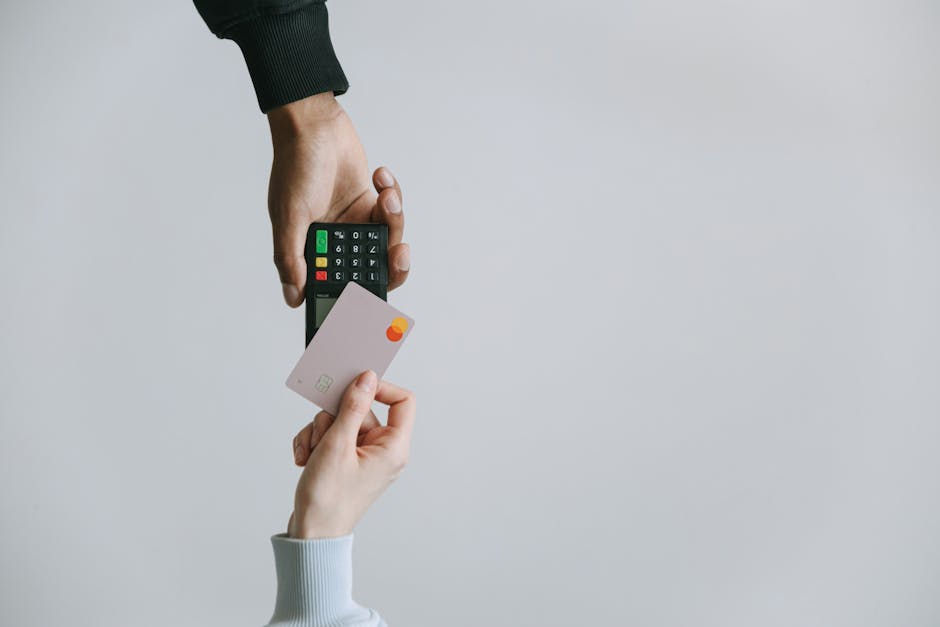
Personal finance expert Martin Lewis has issued an urgent warning about the growing threat of mobile banking fraud linked to phone thefts. Reports indicate a 40% surge in such thefts in London, with criminals specifically targeting devices to access banking apps and drain accounts1. This trend highlights critical security gaps that users must address to protect their financial data.
The Rising Threat of Mobile Banking Exploitation
Organized crime groups are increasingly targeting smartphones not just for their hardware value but for the financial data they contain. Stolen devices can fetch up to £1,400 on resale markets when loaded with accessible banking apps2. Martin Lewis emphasized this shift during a recent interview, stating:
“They’re not just trying to nick your phone—they’re after your financial data. Protect yourselves, folks.”
The Home Office has called for collaboration with tech giants to implement stronger anti-theft measures that would render stolen devices useless to criminals3.
Critical Security Measures for Mobile Banking
Five key defensive strategies have emerged from security advisories by Lewis and law enforcement:
| Measure | Implementation |
|---|---|
| Remote Tracking | Enable Find My (Apple), Smart Things Find (Samsung), or Find My Device (Google) |
| Biometric Security | Use Face ID/Fingerprint ID for both device and banking apps |
| IMEI Documentation | Dial *#06# to retrieve IMEI, store it securely for police reports |
| Notification Security | Disable lock-screen previews for 2FA codes |
| Enhanced Protections | Activate “Stolen Device Protection” (iOS) or “Theft Detection Lock” (Android) |
These measures address the most common attack vectors, including shoulder surfing for PINs and interception of two-factor authentication codes1, 4.
Technical Implications for Security Professionals
The surge in phone thefts for financial access presents multiple attack surfaces requiring attention. Banking apps often maintain active sessions even after device locking, and many fail to enforce periodic re-authentication. Security teams should audit their mobile applications for:
- Session timeout configurations
- Biometric authentication fallback procedures
- Encryption of cached credentials
- Lock-screen notification content filtering
Device manufacturers have begun responding to these threats. Apple’s iOS 17.3 introduced Stolen Device Protection, which requires biometric authentication for sensitive actions when a device is detected in an unfamiliar location5. Similar features are emerging in Android ecosystems through partnerships with Samsung and Google.
Conclusion and Recommendations
As mobile banking becomes ubiquitous, so do the risks associated with device theft. Users should implement the security measures outlined by Martin Lewis immediately, while organizations should review their mobile security postures. The Home Office’s push for industry collaboration may lead to more robust hardware-level protections in future devices3.
For ongoing protection, regularly review banking app permissions, monitor account activity, and report suspicious transactions immediately. Security teams should consider this threat vector when developing mobile device management policies and user awareness training programs.
References
- “Martin Lewis’ urgent warning to anyone who uses their phone for banking”, Express, March 2025.
- “Martin Lewis issues urgent five-step warning to all mobile banking users”, Mirror, March 2025.
- Home Office statement on mobile theft prevention, Birmingham Mail, March 2025.
- “Martin Lewis’ five critical steps for mobile banking safety”, Bristol Post, March 2025.
- Apple iOS 17.3 Security Whitepaper, AOL, February 2025.






